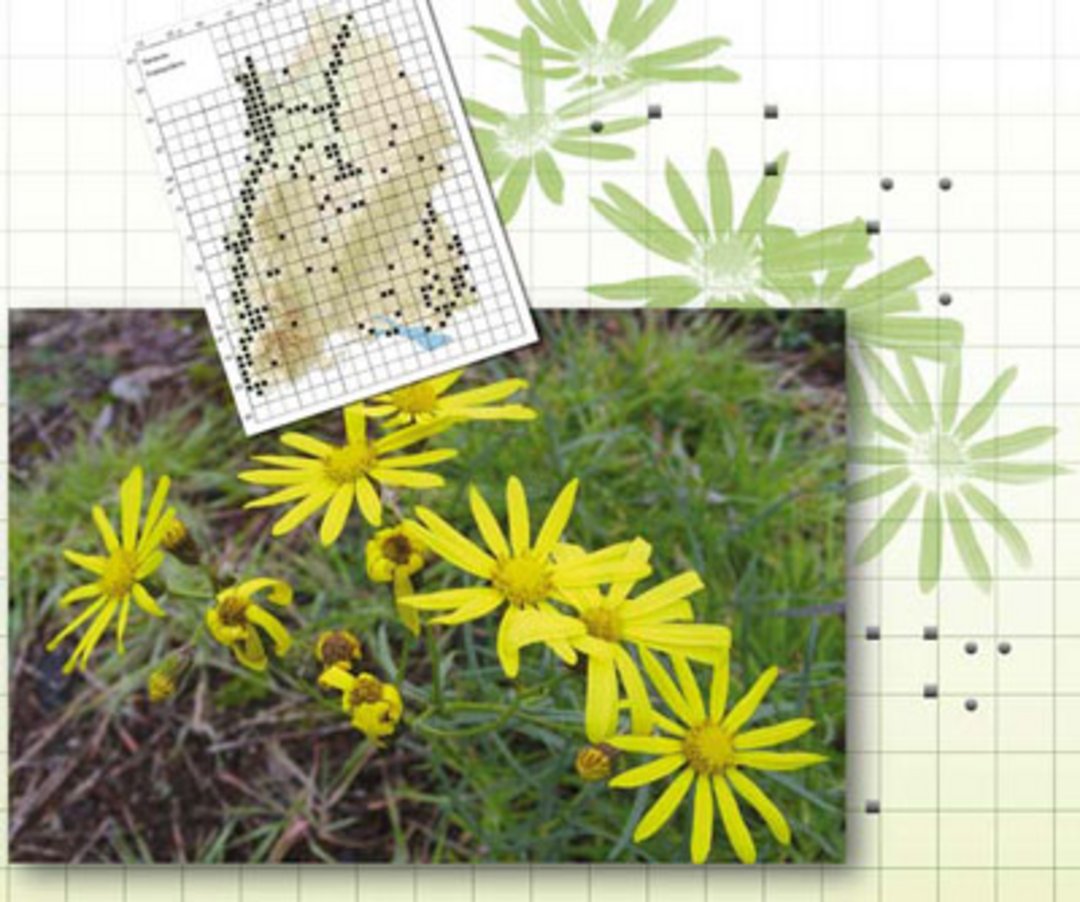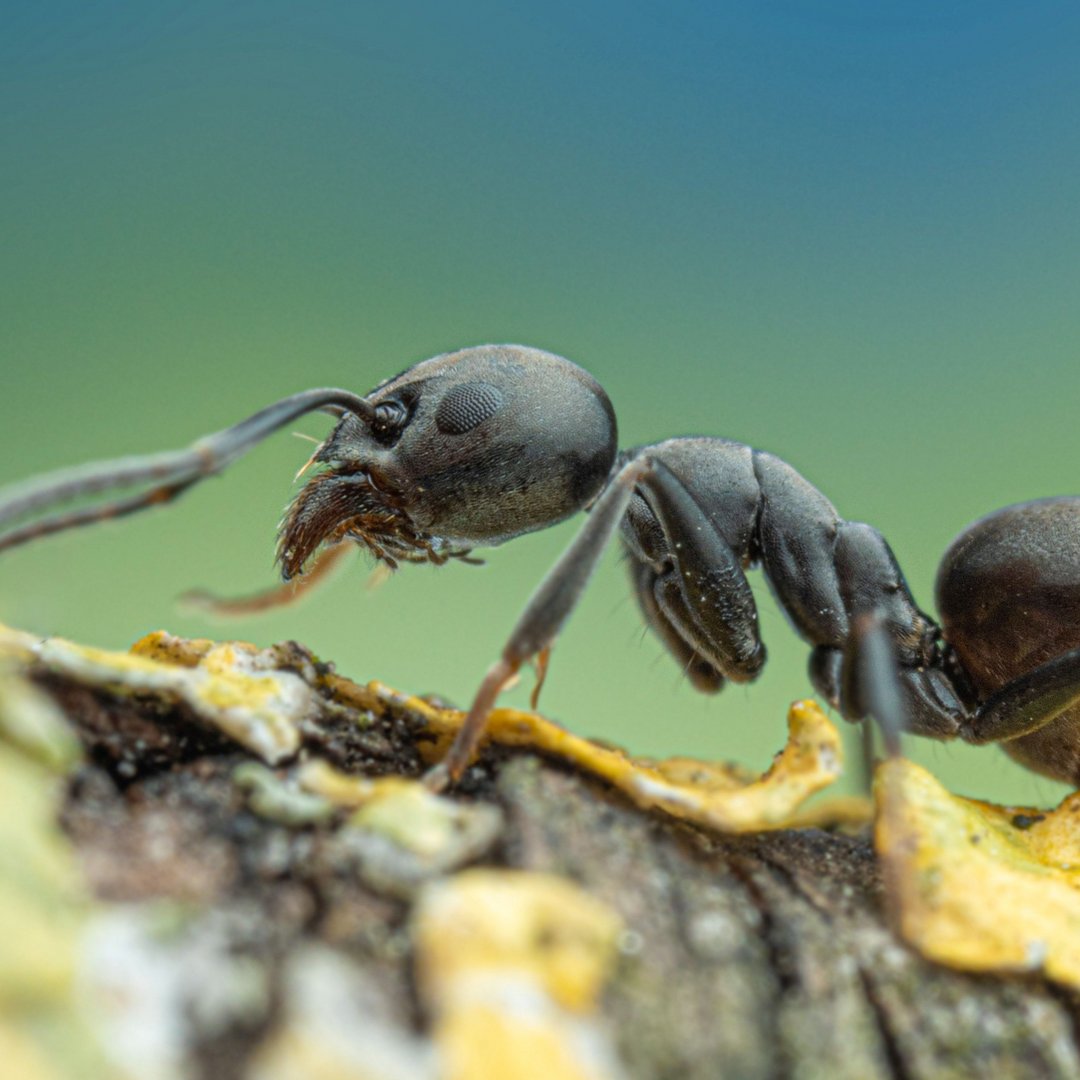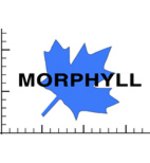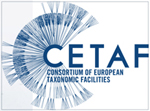Understanding nature
The State Museum of Natural History Stuttgart is the successor of the 1791 founded Naturaliensammlung. The Naturaliensammlung itself goes back to the 1600 founded ducal cabinet of curiosities. Thanks to the foresightful collection development, the SMNS refers to one of the most meaningful collections in Europe. These precious archives of biodiversity provide the basis for the biosystematic research and are the prerequisite for various exhibitions. Through both aspects – research and presentation – the collections continually grow even today. The link between scientific study and widespread knowledge transfer is our hallmark.


















